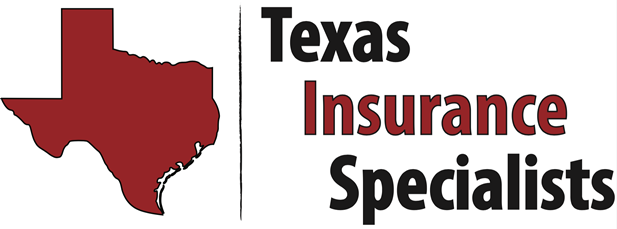
When a major storm is approaching, it's anyone's guess how much damage it will do—or how long you might be without power. To safely get through a prolonged power outage, follow Consumer Reports' expert advice.
1. Write Important Information on Paper
During an outage, your cell phone is your lifeline and you’re likely to want to keep it charged in case of an emergency.
Because you can’t depend on your phone indefinitely, write down phone numbers and addresses you might need, such as a nearby hospital, a school that’s providing supplies, the local library or storm shelter, or other public places that might have power—places where you’ll be able to go to recharge your electronics and contact loved ones.
MORE ON STORM PREPAREDNESS
Prepare Electronic Devices for a Natural Disaster
Generator Safety Tips That Will Get You Through a Storm
How to Safely Get a Generator Up and Running
What to Do in a Medical Emergency
CR's Guide to Storm & Emergency Preparedness
Then conserve your phone’s battery life by switching the phone to a power-saving setting, such as airplane mode on an iPhone or economy mode on an Android device.
When you make your way to a local shelter or library, it’s a smart idea to take a power strip, says Maria Rerecich, senior director and head of product testing for CR.
This way, when you do find power, you can charge multiple devices at once—or share the makeshift charging station with others.
2. Use Gas to Cook Food That Will Spoil
In homes that have lost power but suffered little other damage, you can safely cook on a gas stove. But you’ll probably need to light the burner with a match or lighter because the electronic ignition on a stove won’t work if the power is out. And if you have a gas grill, cooking with it is another option. If you were able to properly store your grill before the storm, in a dry space such as a garage, and notice no water damage to the grill or gas tank, it should be safe to use it to grill food.
What to cook, though, is another question. CR has a guide to foods you can make or eat that won’t spoil as quickly.
Food in your refrigerator can maintain a safe temperature—below 40° F—for about 4 hours on average. Cook any perishables (raw meat and soft cheese, especially) within this time period; otherwise, toss these items. Even after that 4-hour window, food can spend an additional 2 hours above 40° F before it becomes unsafe to cook. A full freezer should stay cold for about 48 hours after the power is lost; a half-full freezer should stay cold about 24 hours.
Anything that you cook but don’t eat, you’ll need to throw out after 2 hours because you’ll have no way to keep it cool enough to prevent it from spoiling. (You can always share with the neighbors.) Good to know: Lots of homeowners insurance policies will cover the replacement cost of spoiled food, so it’s really not worth taking the risk of consuming it.
If your house is flooded, always toss any food that may have come into contact with floodwaters, advises the Department of Agriculture’s guide to food safety during storms and hurricanes (PDF).
3. If You Have a Generator, Use It Safely
Running a generator improperly can kill you in as little as 5 minutes if the concentration of carbon monoxide is high enough. And it happens: An average of 60 to 70 people a year die a year from generator-associated carbon monoxide poisoning, according to data from the Consumer Product Safety Commission.
“Carbon monoxide is a colorless, odorless gas, so you won’t even know you’re inhaling it,” says Don Huber, CR’s director of product safety. “No matter what, resist the urge to move a portable generator inside the house or the garage.”
Operate a generator as far from the house as possible—CR recommends at least 20 feet—and direct the exhaust away from doors or windows. If you don’t have a transfer switch installed, you can run an outdoor-rated extension cord of the appropriate gauge from the generator’s outlets to individual appliances, provided the cords are properly rated and you follow certain precautions. The gauge of extension cord your generator requires will be specified in the user manual.
Use these generator safety tips.
4. No Generator? Unplug Your Appliances.
This includes anything with electrical circuitry, from your microwave to your refrigerator to your television. There isn’t a particular order to follow, you just need to pull the plugs from the outlets to prevent potential electrical damage. Or, if you’re comfortable doing so, you can shut off the main circuit breaker.
“When power lines are damaged during storms, there can be a spike or surge in the line,” says John Galeotafiore, associate director of product testing at CR. “Unplugging your appliances can prevent damage to those appliances from a power surge when the utility company restores power.”
If you see street lights or other households on your block that have successfully turned their lights on, you’ll know the power is back on.
5. Check on Nearby Neighbors
If your family and home are safe and sound, communicate with neighbors and family members to let them know. Check to see if elderly neighbors are able to navigate when the lights aren’t on—or if they might want or need your help. Devise a system to update everyone, if necessary.
If there seems to be no end in sight to the power outage, the Federal Emergency Management Agency recommends seeking out an alternate location with power and heating or cooling—assuming you’re able to safely drive on the roads. Take your go bag or medical go bag, and any other supplies you might need. Let your neighbors and family know where you plan to go.
